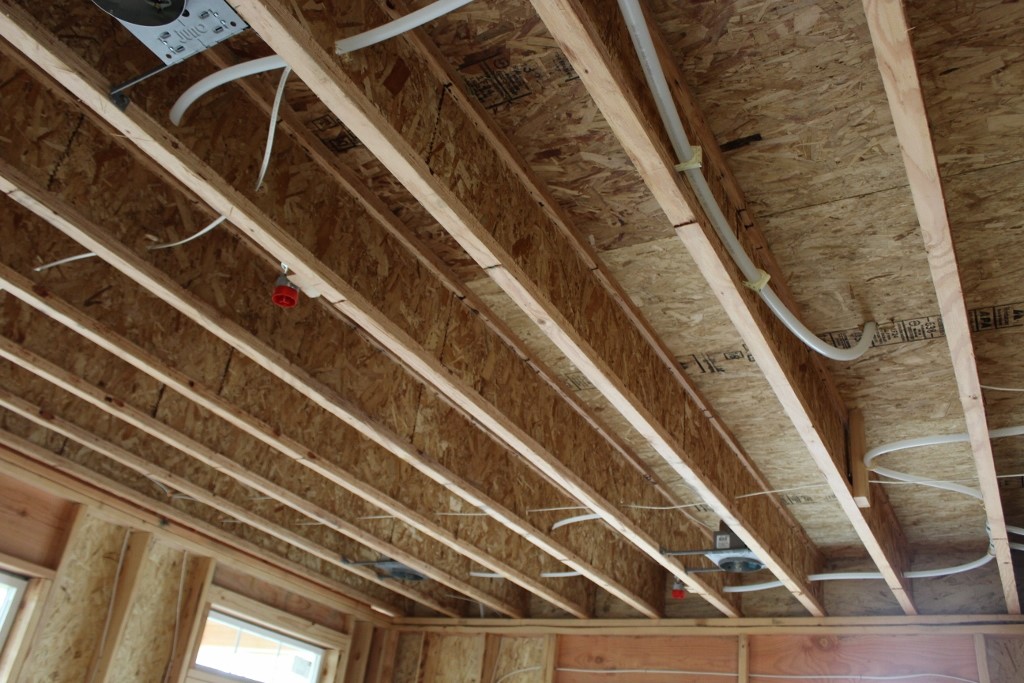For rafters spaced 20 or more inches apart 1 2 or 5 8 inch plywood is recommended.
Roof plywood thicknesses mixed.
Many homes have rafters that are even wider at 24 inches apart and will require a thicker sheet of plywood.
Rafters that are slightly farther apart might require inch or 5 8 inch thick plywood.
A 1 2 sheet is actually 15 32 thick.
With edge support and the same snow load 3 8 inch osb can be used.
Exposed fastener corrugated steel roofing.
It s the standard for spacing of 24 inches in the rafter although as mentioned a 5 8 inch thick is more ideal.
When this is the case experts recommend a 5 8 inch thick sheet.
Because the actual thickness may vary measuring the plywood is the only accurate way to determine its thickness.
The standard width is 4 feet.
You might be tempted to choose a inch thickness although it s unnecessary in most cases.
Metal roofing thickness recommendations that include paint.
These recommendations are with paint.
Keep in mind that the load of the roof still plays a role in the plywood thickness.
A 3 4 sheet is actually 23 32 thick.
Plywood is often sold in 1 4 1 2 or 3 4 nominal thicknesses but the actual thickness is often 1 32 thinner.
Please understand that recommended metal thicknesses will vary based on the design and engineering of the metal product being considered that said here are a few general recommendations.
You can get plywood sheets with a length of up to 10 feet.
The most common rafter spacing is 24 inches and 5 8 inch plywood is recommended for that.

